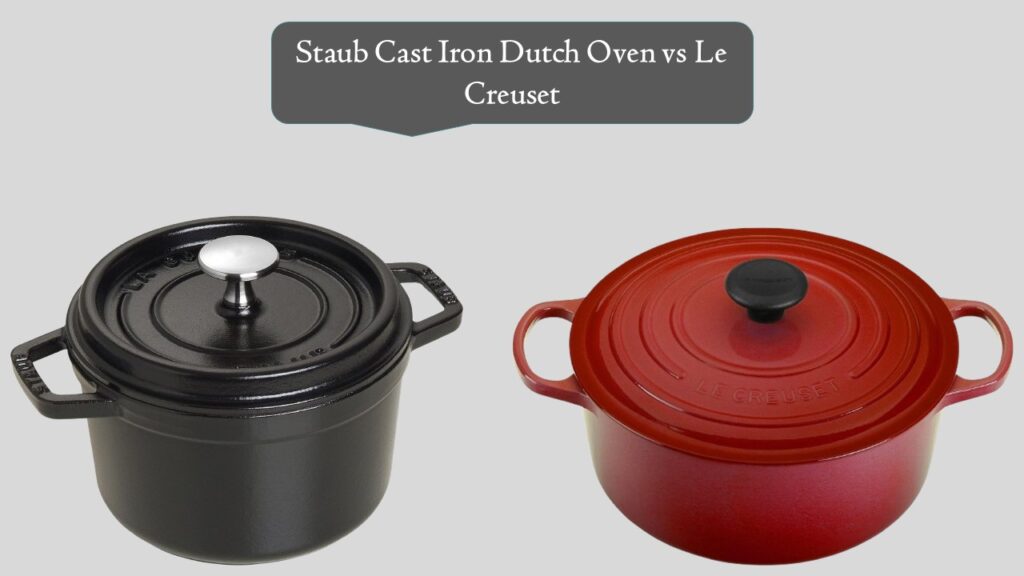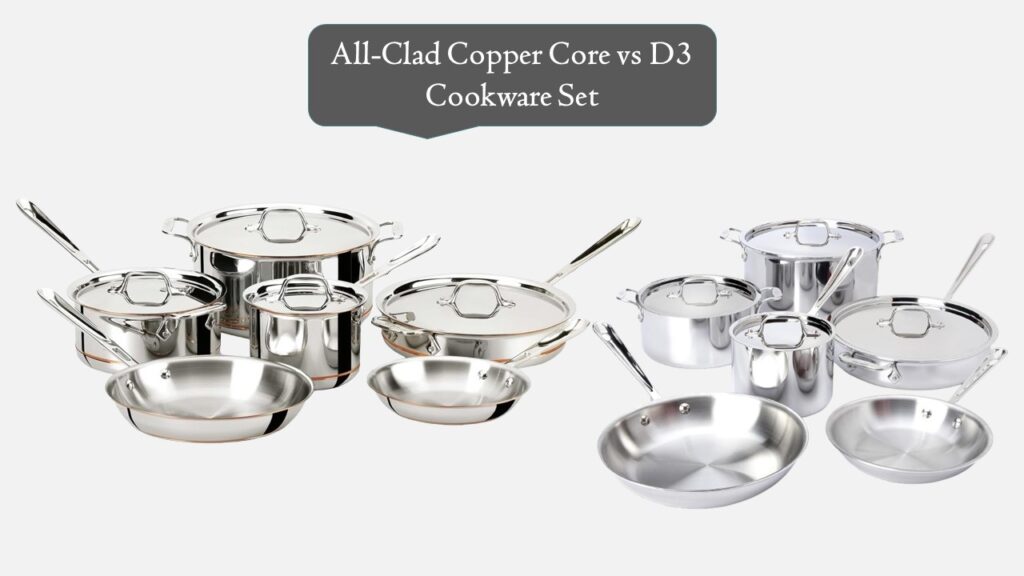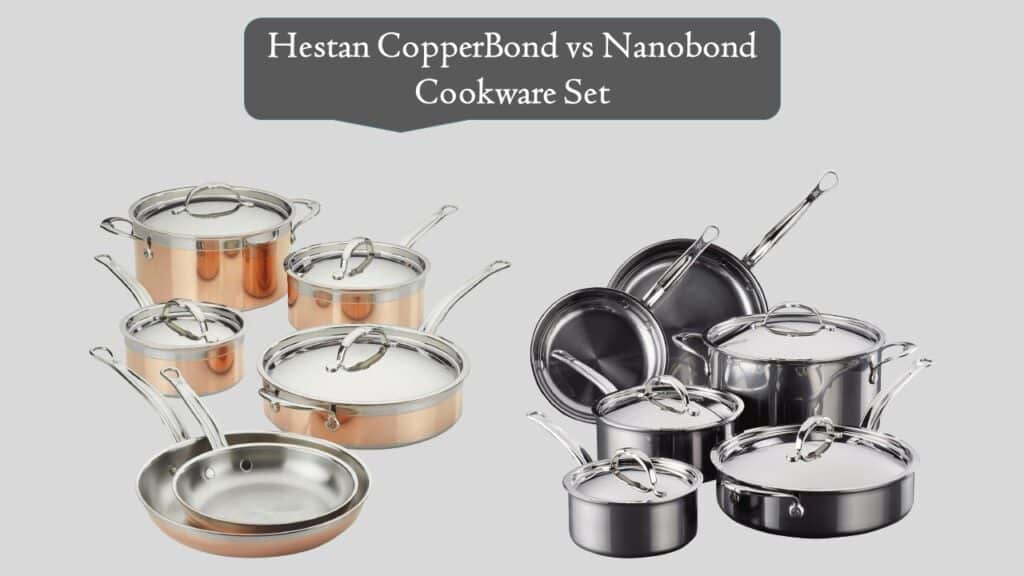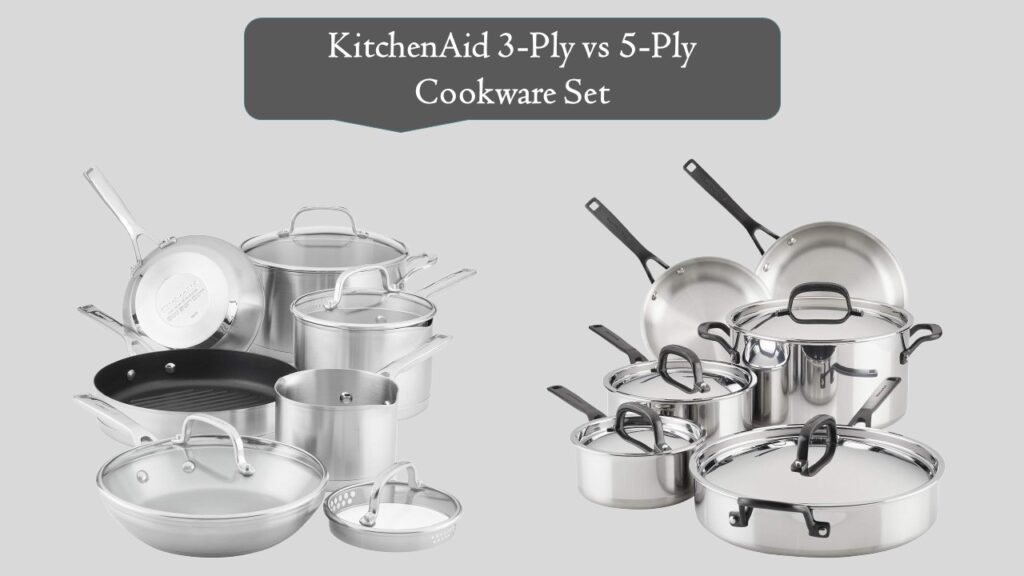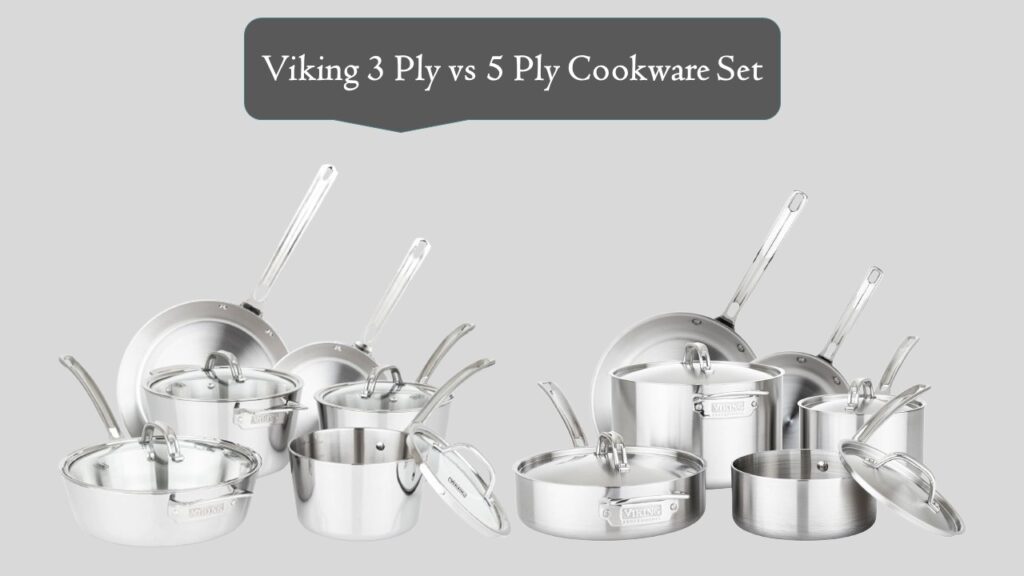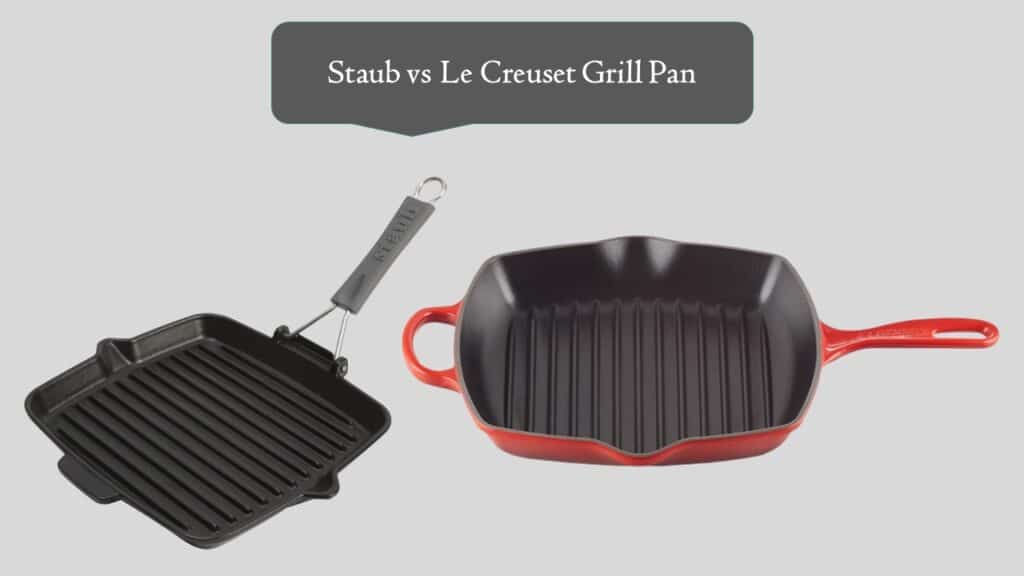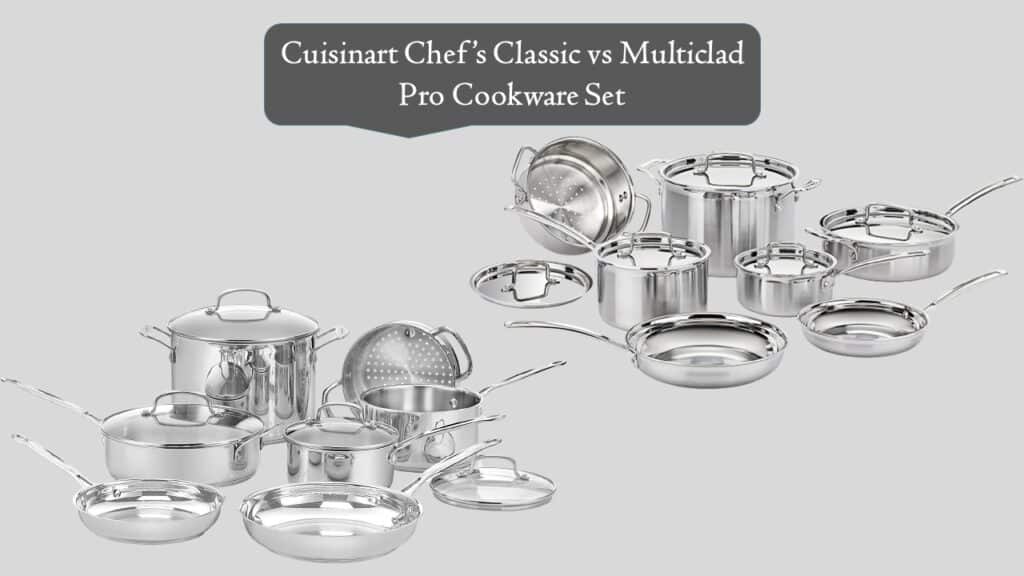The first time I cooked a slow-braised stew in a cast iron Dutch oven, I finally understood why professional chefs and home cooks swear by these heavy pots. The depth of flavor, the way steam circulates, and the evenness of the heat—it’s simply unmatched. Two brands have defined this category for decades: Staub and Le Creuset. Both are made in France, both have devoted followings, and both promise heirloom-level durability.
I’ve spent months cooking with the Staub Cast Iron Cocotte (4-quart) and the Le Creuset Signature Dutch Oven (5.5-quart)—from browning meats to baking crusty bread—and while both are exceptional, they bring different strengths to the table. Here’s my honest take after extensive use.
Key Difference Between Staub Cast Iron Dutch Oven vs Le Creuset Dutch Oven
At a glance, the Staub Dutch oven feels like a workhorse built for chefs—it’s heavier, matte-finished, and designed for optimal moisture retention. Its interior enamel has a slightly textured, black matte surface that excels at browning and resists staining over time.
The Le Creuset Dutch oven, on the other hand, leans toward elegance and versatility. Its smooth, sand-colored enamel interior gives better visibility while cooking, and its lighter weight makes it easier to maneuver. It also comes in a range of vibrant colors that look stunning on the stove or the dinner table.
In short: Staub is about performance and durability, while Le Creuset emphasizes refinement and ease of use.
- Made in France , Heavy weight tight-fitting lid retains moisture spikes on the lid create a rain-forest effect evenly...
Comparison Table: Staub Cast Iron Dutch Oven vs Le Creuset Dutch Oven
| Feature | Staub Cast Iron Dutch Oven (4-qt) | Le Creuset Signature Dutch Oven (5.5-qt) |
| Material | Enameled Cast Iron | Enameled Cast Iron |
| Capacity | 4 Quarts (serves 3–4) | 5.5 Quarts (serves 4–6) |
| Finish | Matte Black Enamel | Sand-colored Smooth Enamel |
| Lid Type | Flat lid with self-basting spikes | Dome-shaped lid for heat circulation |
| Knob | Brass/Nickel plated (heat resistant) | Stainless steel (safe at any oven temp) |
| Oven Safe | Up to 900°F (lid up to 500°F) | Up to 500°F |
| Induction Compatible | Yes | Yes |
| Country of Origin | France | France |
| Ideal For | Searing, roasting, slow cooking | Soups, stews, baking, braising |
| Maintenance | Dishwasher safe (hand wash preferred) | Dishwasher safe |
| Check Latest Price & Deals | Buy on Amazon | Buy on Amazon |
Detailed Comparative Review
Before getting into individual aspects, let me paint the picture: over a month, I alternated between both Dutch ovens for everything from rustic sourdough to Sunday roasts. This back-and-forth really revealed how each brand shines in its own right.
-
Design and Build Quality
The Staub looks like it belongs in a professional kitchen—matte black, understated, and weighty. Its flat lid with self-basting spikes on the underside is genius. As steam rises, the spikes condense and drip moisture evenly back onto the food, creating a natural “rainforest effect.” This design helps keep meats incredibly juicy and tender.
The Le Creuset, on the other hand, is a showstopper. Its glossy enamel exterior—mine in the Flame color—is eye-catching and resistant to chipping and cracking. The dome-shaped lid encourages moisture to circulate, though it’s not as precise as Staub’s spike system. Still, the fit is excellent, and its lighter weight makes it easier to lift when full.
Both feel premium, but Staub’s heavier construction gives it a more rugged, “built-for-life” impression, while Le Creuset balances durability with elegance.
- Made in France , Heavy weight tight-fitting lid retains moisture spikes on the lid create a rain-forest effect evenly...
-
Cooking Performance and Heat Retention
Cooking with both reveals how differently they behave under heat.
The Staub Dutch oven has a black matte enamel interior that excels at browning. When I seared beef for a stew, it developed a deep, flavorful crust without burning. The heat retention is phenomenal—once hot, it stays hot, which is perfect for slow-cooking or baking bread with that signature crisp crust.
The Le Creuset has a light enamel interior, which reflects heat differently. It doesn’t brown as aggressively, but it’s easier to monitor color changes. Sauces and soups develop beautifully thanks to its smooth surface. It also heats up a bit faster than Staub, making it more responsive for everyday cooking.
If you love bold sears and slow braises, Staub is unbeatable. For delicate dishes or sauces where visibility and control matter, Le Creuset shines brighter.
- Made in France , Heavy weight tight-fitting lid retains moisture spikes on the lid create a rain-forest effect evenly...
-
Ease of Use
Here’s where Le Creuset wins hearts.
Its wide loop handles are a blessing when transferring a full pot from stove to oven. The lighter build makes it manageable even when filled to capacity. The sand-colored interior also makes cleanup easier since you can see exactly where residue sits.
The Staub, though heavier, offers a tighter lid seal that minimizes splatter and evaporation. I did find that the black interior can make it hard to judge food color initially, but once you adjust, it’s not a real issue. Its weight, however, can be tiring if you move it frequently between stovetop and oven.
If you value comfort and ease, Le Creuset takes the edge. If you prioritize precision and performance, Staub still earns the crown.
-
Cleaning and Maintenance
Both Dutch ovens are dishwasher safe, but I prefer handwashing to preserve their enamel longevity.
The Le Creuset’s smooth enamel wipes clean effortlessly, even after cooking sticky sauces or cheese-based dishes. A little baking soda and warm water, and it looks brand new.
The Staub’s matte interior is slightly more textured, which means stubborn bits can cling a little more. However, that same surface develops a natural patina over time, improving its nonstick qualities. I’ve never had rusting or discoloration issues with either brand, though Staub’s dark finish hides wear far better.
In the long run, both are low-maintenance, but Le Creuset wins on effortless cleanup, while Staub rewards those who love seasoning-like performance over time.
- Made in France , Heavy weight tight-fitting lid retains moisture spikes on the lid create a rain-forest effect evenly...
-
Durability and Longevity
Both brands have earned their legendary status for a reason.
The Staub feels indestructible. Its enamel resists chips and scratches even with metal utensils, and the lid fit remains perfect even after years of use. The 900°F oven safety rating (without the lid) is impressive—it can handle serious heat without warping.
The Le Creuset also boasts incredible craftsmanship. Its enamel has a slightly softer feel, but it’s shock-resistant and beautifully finished. I’ve seen vintage Le Creuset pots that still perform flawlessly after decades.
In short: both will outlast most cookware in your kitchen. The choice here comes down to whether you prefer Staub’s rugged endurance or Le Creuset’s polished longevity.
Staub Cast Iron Dutch Oven
- Made in France , Heavy weight tight-fitting lid retains moisture spikes on the lid create a rain-forest effect evenly...
Pros:
- Outstanding heat retention and moisture sealing
- Spiked lid ensures even basting
- Matte black enamel excels at browning
- Resistant to scratches, stains, and discoloration
- Made in France with professional-grade construction
Cons:
- Heavier and less convenient to move
- Black interior makes it hard to see food color
- Slightly smaller capacity
Le Creuset Signature Dutch Oven
Pros:
- Lightweight and easy to handle
- Bright enamel interior aids visibility
- Excellent heat distribution and quick responsiveness
- Variety of beautiful color options
- Wide handles for better grip
Cons:
- More expensive
- Smooth enamel can stain slightly over time
- Lid doesn’t retain moisture as effectively as Staub’s
Conclusion: My Take & Recommendation
After cooking countless meals in both, I can confidently say that Staub and Le Creuset each excel in their own right. Choosing between them depends entirely on what kind of cook you are.
If you’re a serious home chef who loves deep sears, hearty braises, and dishes that demand long, slow cooking, the Staub Cast Iron Dutch Oven is my personal favorite. Its moisture-retaining lid, rugged design, and superior heat retention make it nearly flawless for rich, flavorful cooking.
But if you’re someone who values ease of use, versatility, and aesthetics, the Le Creuset Dutch Oven is a joy to cook with. It’s lighter, more forgiving, and equally capable of producing delicious results—all while looking stunning on your countertop.
My verdict:
- Choose Staub for performance and professional precision.
- Choose Le Creuset for comfort, color, and all-around elegance.
Either way, you’ll own a piece of cookware that will outlive trends and reward you with incredible meals for decades to come.

